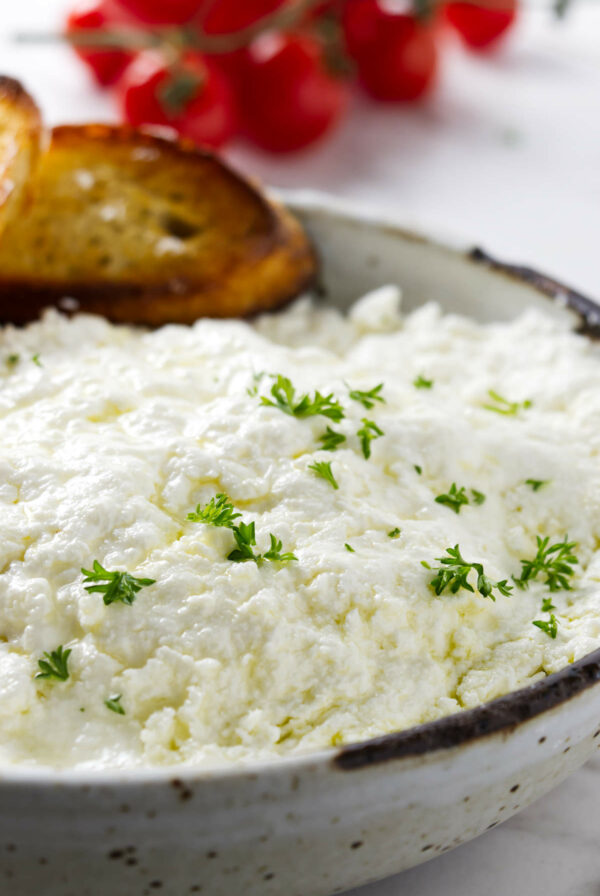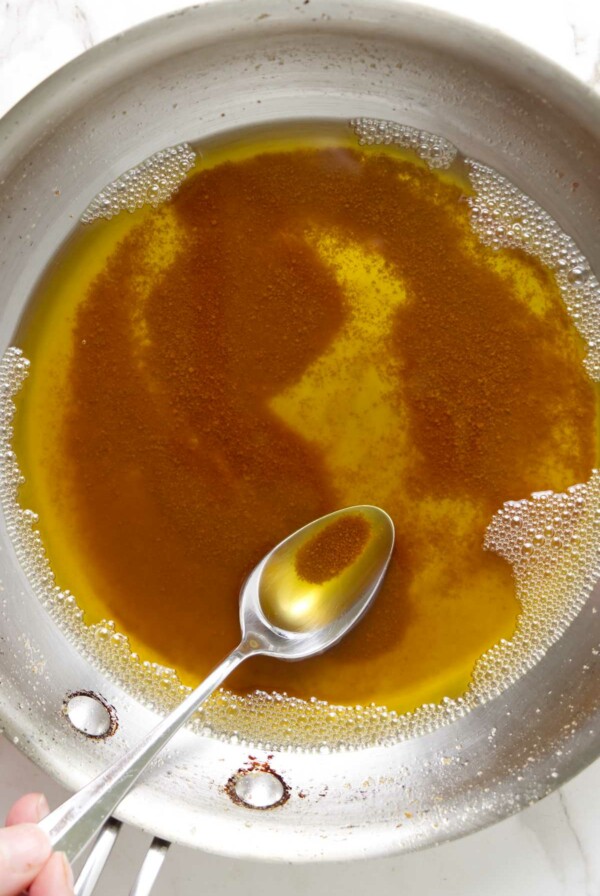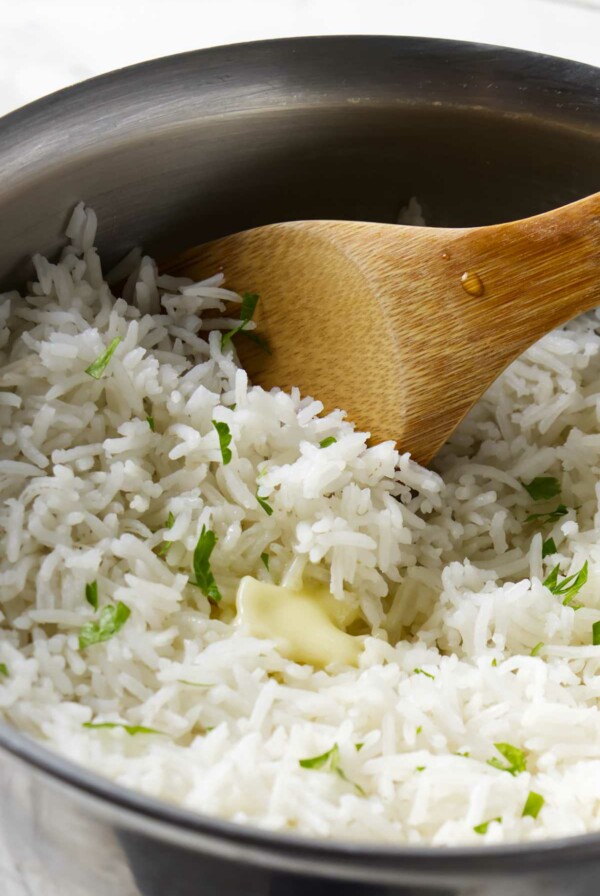This post may contain affiliate links. Please read our disclosure policy. As an Amazon Associate, I earn from qualifying purchases.
If you’ve peeled back a husk only to find a soggy, undercooked tamale staring back at you, you’re not alone. Mushy tamales are a common problem, but thankfully, they’re usually fixable. If your tamales are turning out too soft or seem to be taking forever to cook, don’t worry, here’s what’s likely going wrong and how to fix it without overcomplicating the process.
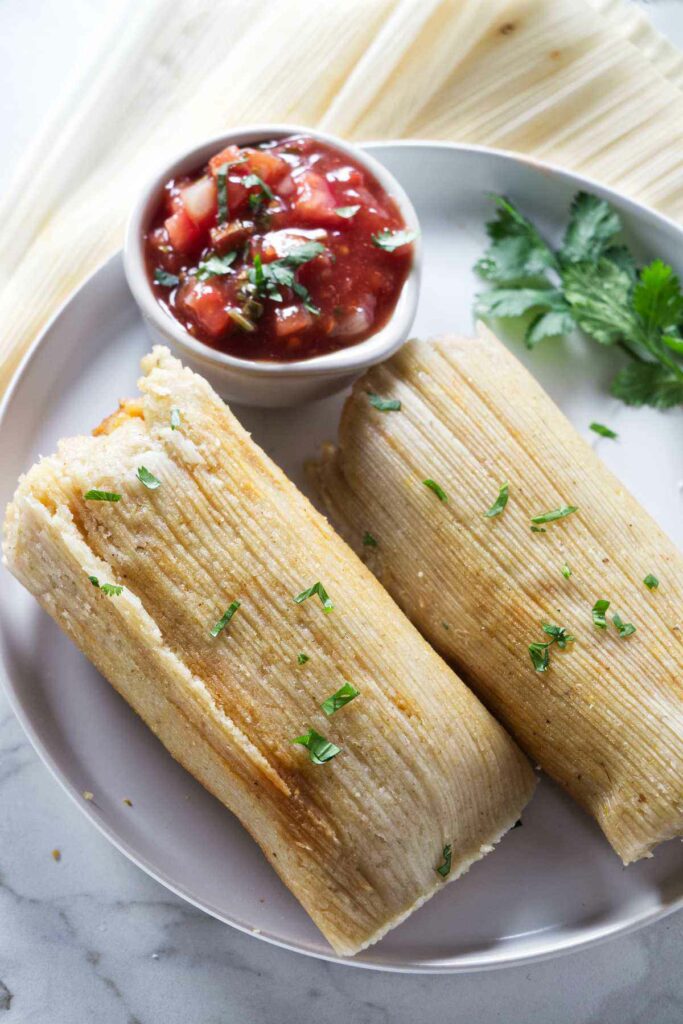
If you’re still learning how to make tamales from scratch, start with our pork tamale recipe.
Why Are My Tamales Mushy?
Tamales should be tender, not wet or squishy. If yours feel more like soup than supper, one of these issues might be to blame:
- Undercooked masa: The most common culprit.
- Too much moisture in the dough: A wetter masa mixture can prevent proper setting.
- Overcrowded steamer: Tamales need airflow. If they’re packed too tightly, you’ll get uneven cooking.
- Not enough steam time: Even if they look done, they may need more time to fully cook through.
- No resting time: Tamales firm up after steaming. Serving them too soon can make them feel mushy even if they’re fully cooked.
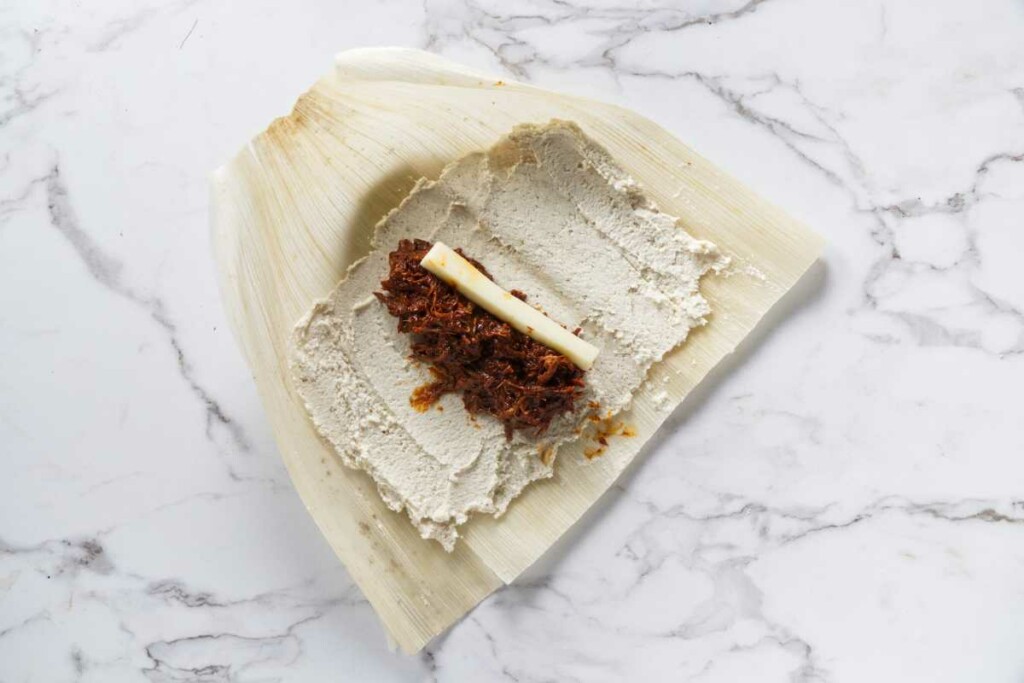
How to Tell If Tamales Are Undercooked or Just Soft
Before you toss them back in the pot, do a quick check:
- Masa sticking to the husk in a gooey way? Likely undercooked.
- Soft but fully cooked filling? They may just need resting time.
- Steam still escaping when unwrapped? Let them sit longer before judging the texture.
How to Fix Mushy or Undercooked Tamales
Steam Them Longer
The simplest fix: steam them again. Just make sure there’s:
- Enough water in the steamer
- Adequate space between tamales for steam circulation
Add 10–15 more minutes, then let them rest before serving.
Use a Dry-Heat Method
If you’re short on patience or steam:
- Place tamales in a baking dish
- Bake (covered) at 325°F for 15–20 minutes
- Optionally remove the husks and pan-fry them for a crisp finish
Let Them Rest
If your tamales seem mushy right after cooking, give them time to rest. It really does make a difference. Freshly steamed tamales often feel soft or overly moist, but they typically firm up as they cool for about 10–15 minutes.
Honestly, one of the most common reasons people think their tamales are undercooked is because they didn’t let them sit long enough after steaming. Before you panic or toss them back in the pot, just give them a little time to settle.
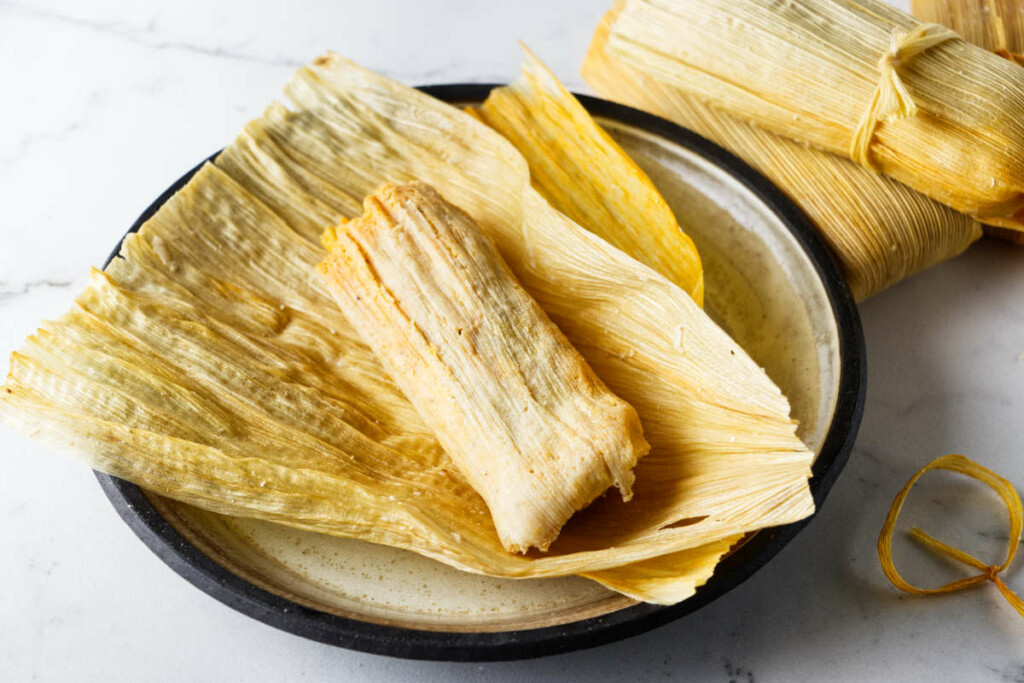
Can You Save Mushy Tamales for Later?
Yes, absolutely. Mushy tamales often improve after cooling and reheating.
- Refrigerate: Store them in an airtight container; they’ll firm up in the fridge.
- Reheat: Steam, bake, or pan-fry. Skip the microwave if you want better texture.
If you’re planning to reheat them by steaming, here’s a quick guide on three different ways to steam tamales so you can choose what works best for you.
Quick Troubleshooting Chart
| Problem | Likely Cause | Fix |
|---|---|---|
| Masa sticking to husk | Undercooked | More steam time + resting |
| Tamales are soft after steaming | Not rested | Let sit uncovered 10–20 min |
| Wet texture overall | Too much liquid in masa | Reduce liquid next time |
| Uneven cooking | Overcrowded steamer | Steam in smaller batches |
Frequently Asked Questions
What if I steamed them for over an hour and they’re still mushy?
Check your steamer setup and make sure steam is circulating properly. Also, double-check your masa ratio. Too much liquid slows cooking time.
But before you assume they’re undercooked, try letting them rest for 10–15 minutes after steaming. Tamales often feel softer than expected right out of the steamer and will firm up as they cool.
What if the masa is sticking to the husk?
Sometimes what looks like a mushy tamale is really just a tamale that wasn’t fully cooked. If the masa sticks to the husk in a wet, pasty layer, chances are it just needs more steam time. This is one of the most common signs that your tamales aren’t quite done yet.
It can also happen if the masa was too wet to begin with, or if there’s not enough fat in the dough. Both of which can affect how the tamales set.
Can I fix mushy tamales in the oven?
Yes. A short bake can help the masa set. Just don’t overbake or they’ll dry out.
Are mushy tamales safe to eat?
If the filling is fully cooked, they’re safe, just not as pleasant. Resting or reheating can help salvage the texture.
How long should tamales rest after cooking?
At least 10–15 minutes. If you’re not in a rush, let them sit even longer.
Once they’re firmed up and ready to eat, here are some great sides to serve with tamales.


